Where do bats get their terrifying reputation from?
Could this animal – which for centuries has scared the living daylights out of human beings – ironically turn out to be our saviour? James Rampton investigates


Dracula has a lot to answer for.
It is thanks to the vampiric Transylvanian count, who is frequently accompanied by colonies of malevolent blood-sucking bats, that the humble flying mammal has gained a terrifying reputation. Because of the animal’s creepy association with Dracula, many people are petrified of bats. They regard them as deeply sinister creatures, the stuff of nightmares.
That infamy has only been exacerbated by a popular legend that bats are prone to flying into your hair and getting stuck there. Sally Blake, the producer of Bat Superpowers, a new documentary about the mammals, confesses to previously being very fearful of them. “It’s a total myth that bats get caught in your hair, but before making this film, I was absolutely terrified of them.
“When I was young, the family of one of my first boyfriends had this cottage in Canada. They were building another level to it, and it had no roof. They stuck me at the top of the cottage. In the middle of the night, I was woken up by these flying bats and screamed really loudly. After that, this tough Canadian family said, ‘OK, she’s not for us’.”
Bats have become a kind of catch-all “boogie man” creature. They are used to scare children at Halloween and have featured in such (often laughable) horror movies as Bela Lugosi's deathless 1940 film, The Devil Bat, The Bat People and the felicitously named Bats: Human Harvest. In the same way, when Ozzy Osbourne famously bit the head off a bat live on stage, he did their standing no favours at all.
In every corner of the world, bats have been demonised. For example, in Mesoamerican culture, which thrived for more than 3,000 years before the Spanish colonisation of the Americas, the bat was thought to cast a shadow of darkness over people. It was an emblem of the land of the dead. Whenever a person caught sight of a bat, death was meant to be approaching.
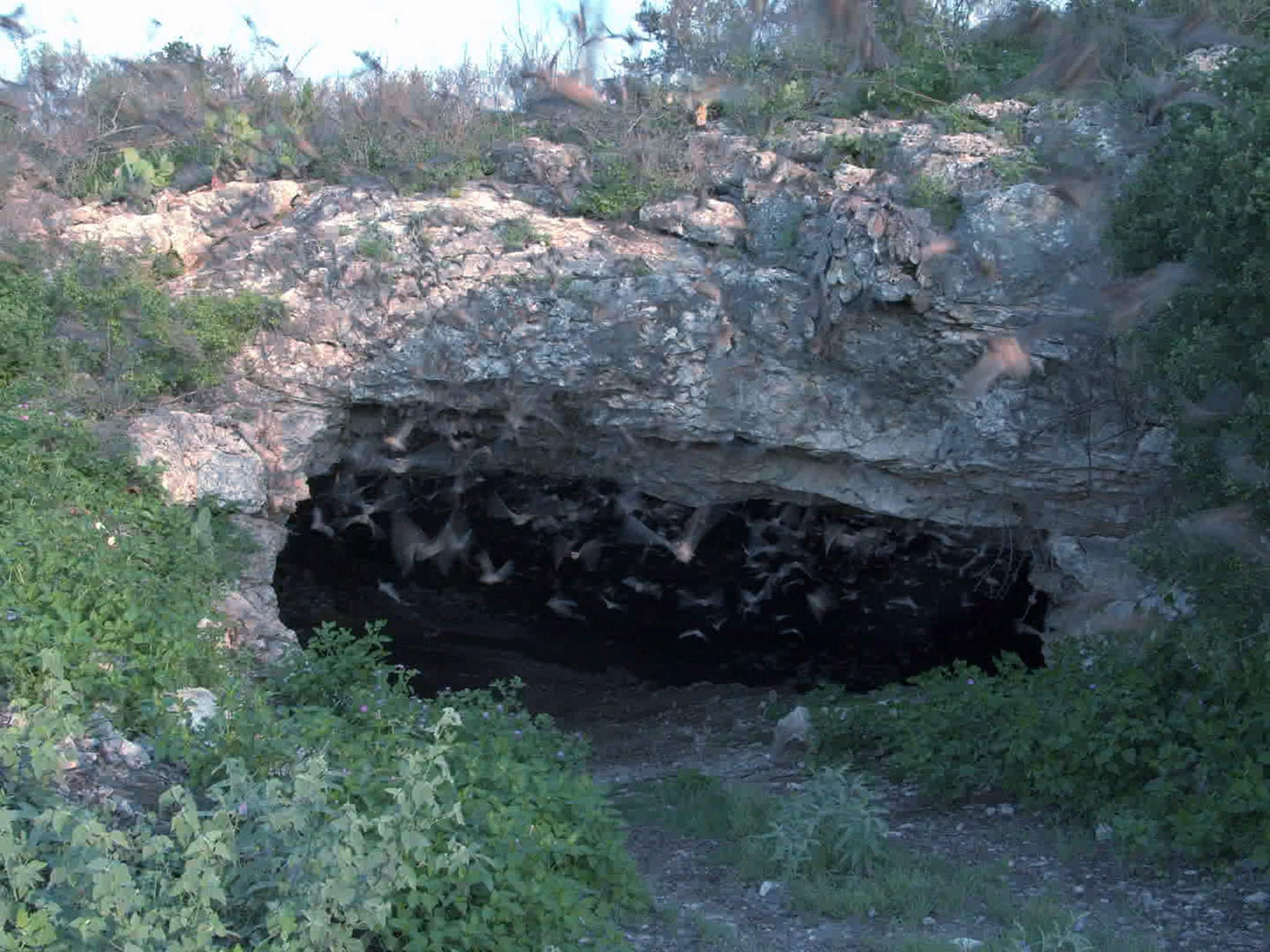
As if that wasn’t bad enough already, the suggestion that bats were responsible for causing the global outbreak of Covid-19 in 2020 only intensified their notoriety. Already feared as a spooky nocturnal harbinger of doom, they were then saddled with the blame for the worst pandemic the planet had seen for a century. Bats, which have a preternaturally strong immune system, had previous experience in this field, having in the past been suspected of spreading viruses such Ebola, Mers, and Sars.
Linfa Wang, from the Duke-NUS Medical School, is one of the world’s leading specialists in the study of the potential medical benefits of these mammals. He is, almost inevitably, known as “Batman”.
He spells out the dangers of a virus leaping from bats to humans. “If viruses live inside a bat’s body, they are fighting against an elevated defence system. So when they jump to a different host like a human, it’s like a free playground where they can go on the rampage.”

As Covid-19 brought about millions of deaths and a complete global shutdown, some voices were even urging the mass extermination of bats. Blake recalls: “There was a fear that they were going to do mass kill-offs of bats in Asia, where a lot of the bats connected to these viruses hail from.
“At the beginning, there was this kneejerk reaction. People were saying, if this virus is coming from bats, let’s just get rid of them’. But we didn’t see that in the end. Maybe people learned from Chairman Mao’s failed campaign to wipe out sparrows in China.”
They’ve got this super-bad rep, but there are lots of reasons to love bats in terms of their eco services and everything that they do in ridding us of insects. But they are also a medical wonder
The “Smash Sparrows Campaign”, one of the first major pushes in the Great Leap Forward of 1958, was launched after the birds were accused of eating almost 2kg of grain each per year. The subsequent mass slaughter completely unbalanced the ecosystem and precipitated the Great Chinese Famine. “That was the very first mass ecosystem lesson,” Blake says. “People suddenly realised that all this stuff is connected.”
But – and didn’t you just know there would be a “but”? – bats have been unfairly maligned. Down the years, they have had a very bad press indeed.
Now, however, new scientific research indicates that these tiny, airborne animals could in fact be highly beneficial to humans. It points to the fact that they may actually prove pivotal to our longevity.
Bats are immune to the more than 60 diseases they carry at any one time, many of which (such as rabies) can be deadly to humans. They also have astonishingly long lifespans for a creature their size. What is their secret? And what can we learn about ourselves from studying their unique biology?
Scientists are exploring the possibility that bats may be able to help the human race combat conditions such as cancer, Alzheimer’s, diabetes, autoimmune disease, strokes and coronary heart disease.
Could this animal – which for centuries has scared the living daylights out of human beings – ironically turn out to be our saviour?
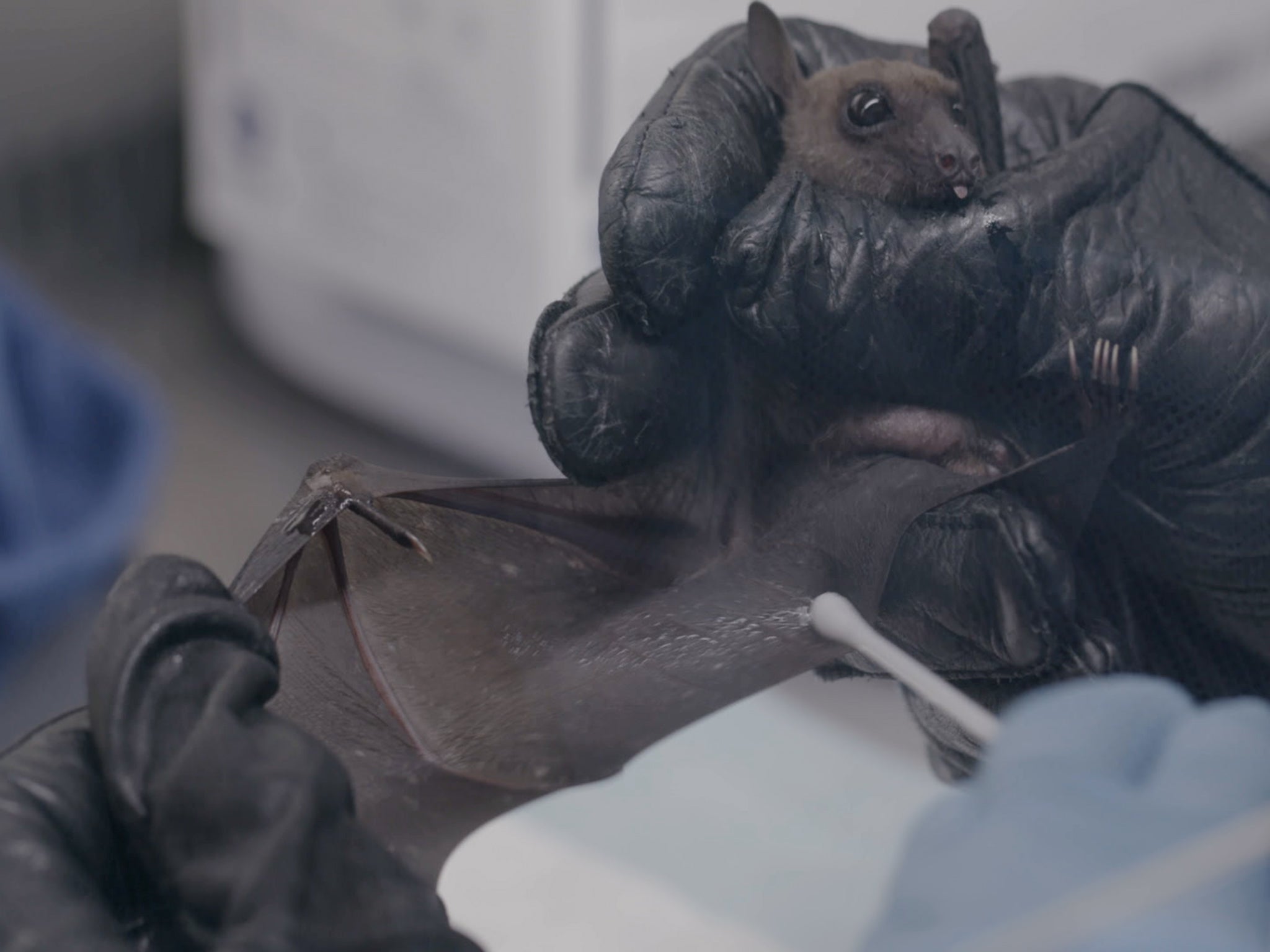
Bat Superpowers, which aired at 8.50pm on PBS America on Thursday 28 April, reports on the astounding scientific breakthroughs which could prove to be our salvation. The documentary argues that bats house a treasure trove of biological characteristics that could greatly assist us.
They have many unparalleled powers at their disposal. For instance, they possess an echo location system that permits them to see perfectly in total darkness. They can also fly at speeds of over a hundred miles an hour, faster than any other animal.
In addition, they are impervious to most viruses, insensitive to ageing and boast a superbly controlled immune system. The result of millions of years of adaptation, bats are now coming out from the shadows and revealing themselves as quite extraordinary creatures that could potentially help us to enjoy longer, healthier lives. Not too shabby for an animal that has in the past been almost universally detested.
Bat Superpowers demonstrates how these startling developments are helping to overturn our perception of this widely despised creature and teaching us how to learn to love the bat.
Blake explains that her film aims to rehabilitate this long reviled mammal. “Batman is a hero, and so are bats. We demonise them when in reality, they’re amazing. It’s like spiders. They are seen as creepy crawlies, but they’re great for gardens.
“It’s the same with bats. They’ve got this super bad rep, but there are lots of reasons to love bats in terms of their eco services and everything that they do in ridding us of insects. But they are also a medical wonder. They have so much to teach us.”
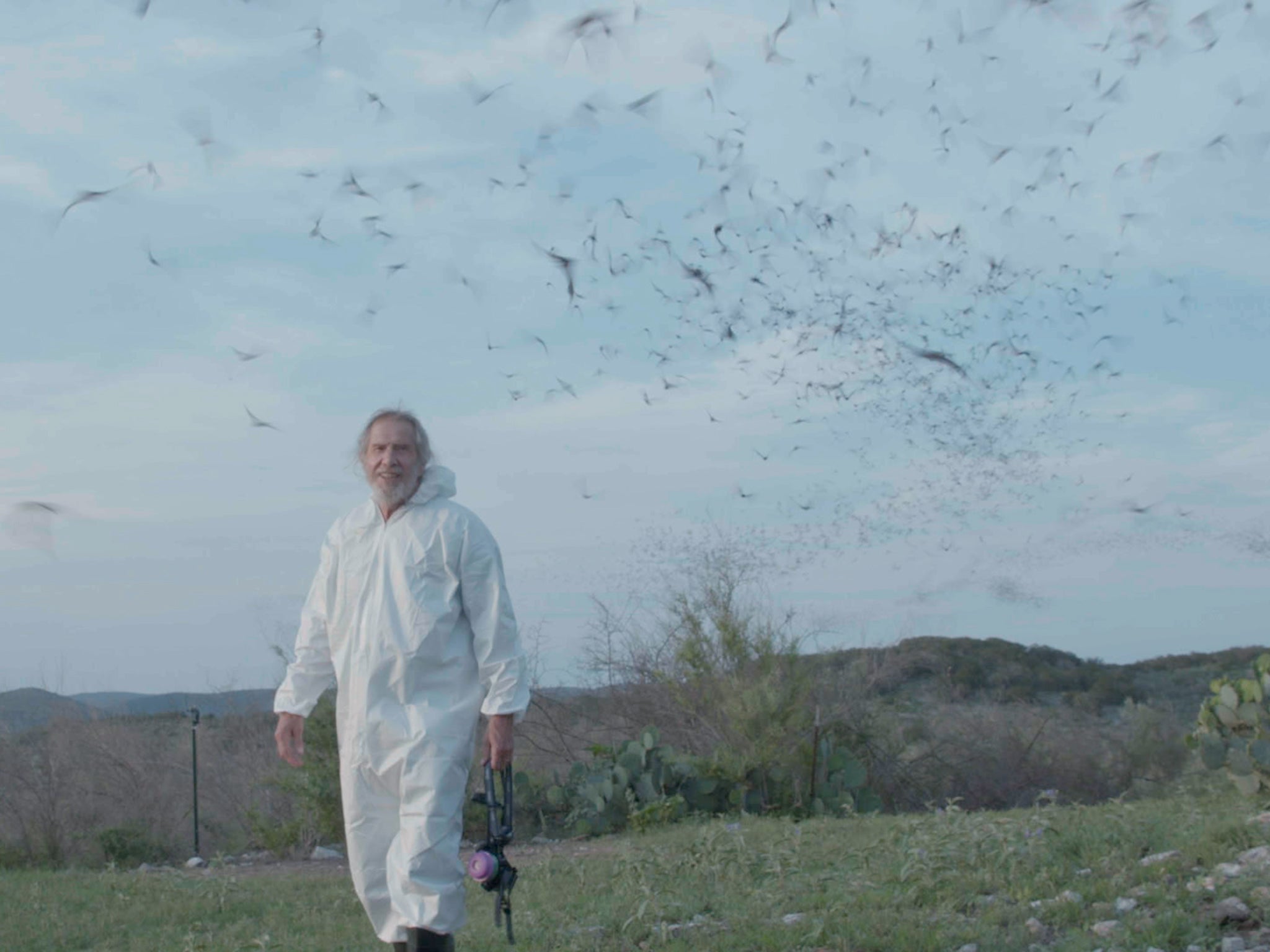
Blake is not alone in sticking up for bats. Their good name has been defended by vociferous and passionate bands of bat lovers right across the globe. “There are actually very dynamic, really dedicated bat fan groups all over the world who fight for the reputation of the bat,” the producer says.
“A lot of people are wising up to the intriguing and important nature of bats. As with so many species in the world, people are realising that they are precious and have a role to play.”
Raphaël Hitier, the director of Bat Superpowers, echoes this. “It was quite tricky to tell the story because on one hand, bats carry so many viruses that we could be afraid of. But on the other hand, they may have the cure inside them. We tried to show the complexity of all this. The bat might present a threat, but it also could be the solution. So we should be much less frightened of them.
One of my favourite takeaways is the fact that bats never age. Maybe that is actually a bit like Dracula! You can’t tell the difference between a bat that is two, 10 or 20 years old
”By the end of the documentary, I hope people will see that bats are quite extraordinary and surprising. I would prefer people to look at any living animal as surprising and wonderful, rather than as a threat or a problem. A bat is really an incredible machine. I hope people walk away from this with a much more nuanced understanding of it.”
Crucial work in this area is being carried out by a project called Bat1K, a pioneering endeavour to sequence the genomes of the 1,400 living bat species. “There's an awful lot of optimism and excitement in this field,” Blake says.
“Bat1K got the ball rolling because nobody had previously bothered to sequence the genomes of bats. They’re not doing that for no reason.” The bat genomes could prove critical in helping us to understand more about many diseases that are fatal to humans.
Key to the research has been the very strong connection between the bat’s heightened immune system and its ability to fly. Hitier expands on this theme. “The two are linked. When bats fly, it causes an inflammatory reaction inside their body.
“So their immune system is always awake to take care of that. That means that when an infection occurs, the immune system is already there to deal with it. Because it is already on at a low level, their bodies do not have to overreact. They are ready to fight infection, and that’s a by-product of their capacity to fly.”
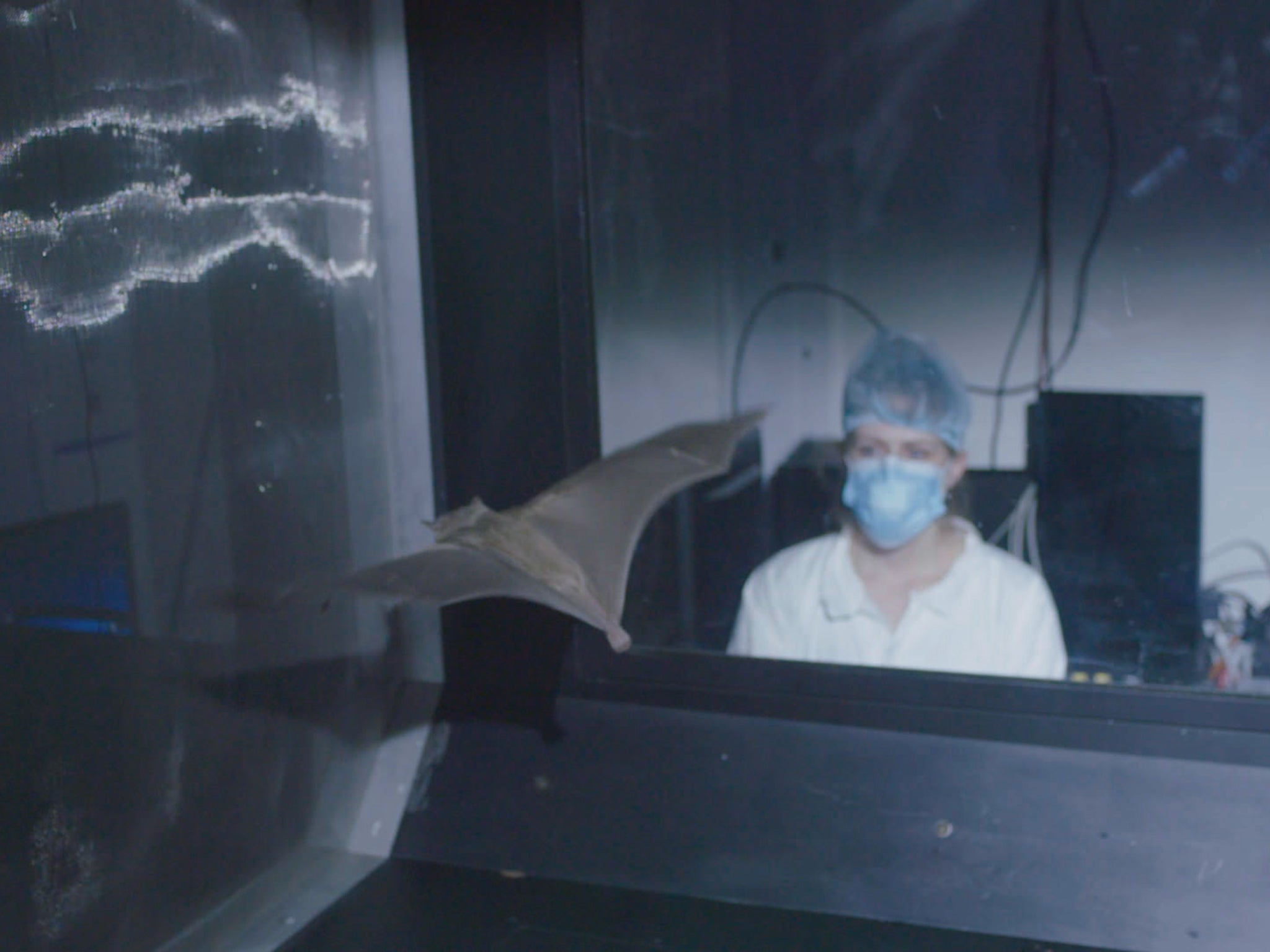
The fact that bats proactively produce Interferon Alpha, which spurs immune cells into action, is astonishing. By contrast, Hitier carries on, “Our immune system is generally switched off. So when an infection hits, our response has to be really high.” If we could learn how to replicate the bat’s supercharged immune system, it could be a game-changer.
The other aspect that may prove advantageous to us is the phenomenal longevity of the bat. The usual rule in nature is that the larger the animal, the longer it lives. But the bat completely contradicts that. A mouse lives on average for two years, but the Brandt’s bat can reach the age of 41 years. Its lifespan is 10 times longer than expected. Its life expectancy in relation to its body size is two times greater than a human’s.
Blake enthuses: “One of my favourite takeaways is the fact that bats never age. Maybe that is actually a bit like Dracula! You can’t tell the difference between a bat that is two, 10 or 20 years old. They have this incredible longevity compared to their size.
“One of the amazing findings of the ‘Bat1K’ project is that the bat’s telomeres [the compound structure at the end of a chromosome] don’t wear out or shorten with age. Can you imagine if we could somehow figure that out and apply it to the human race?”
Unfortunately, the major obstacle to our further understanding of bats may be us. In typically obtuse fashion, we human beings are destroying exactly what we need to help us. “Bats are under threat from human encroachment on their habitats, so we should do everything we can to protect them,” Blake says.
Jared Holmes, a scientist who studies bats at the Selah-Bamberger Ranch Preserve in Texas, also underscores the urgency of shielding the creatures from devastation wrought by humans. He affirms that “as a biologist, it’s my job to tell people that we need bats”.
Hitier hopes Bat Superpowers will also have other benefits, encouraging us to be, “More curious about things we might be afraid of. There is often an amazing story behind them.”
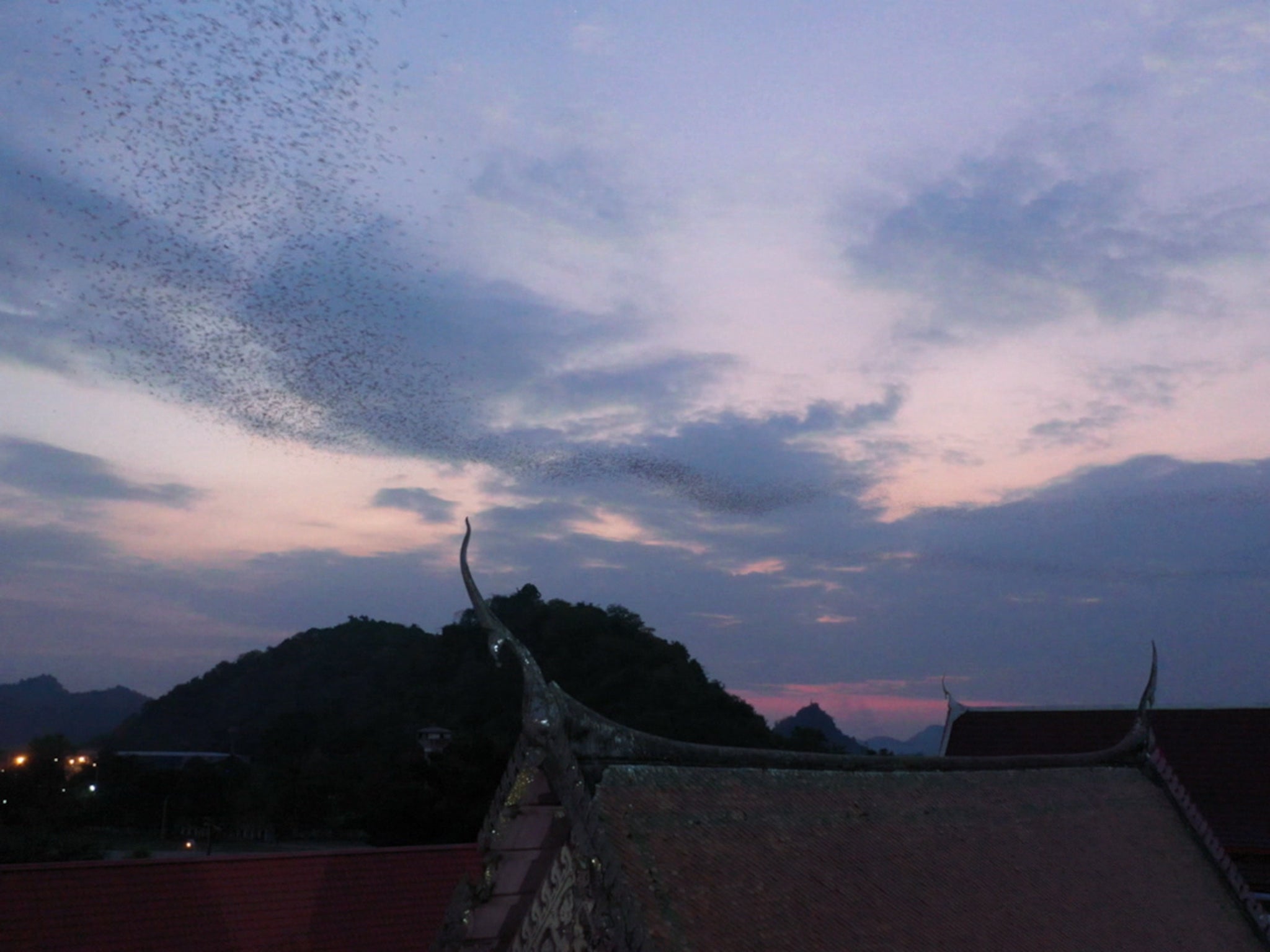
Blake agrees. “I will never see bats in the same way again. If you are creeped out by bats, I think this documentary will really change the way you see them. I used to be afraid of them, but now I’m such an admirer of bats.”
Let’s leave the last word to Emma Teeling, the co-founder of Bat1K. She is also a professor at University College Dublin, where she has set up the Laboratory of Molecular Evolution and Mammalian Phylogenetics, nicknamed, predictably enough, the “Bat-Lab”.
She emphasises how vital bats may be for our survival. “Bats are by far the most fascinating of all animals. They are remarkable and extraordinary creatures.
“Bats are one of the most vilified and potentially terrifying of all mammals. But if we look at them in a slightly different light, we will be able to find ways to improve human existence.”
Now that really would be a superpower.
Bat Superpowers is on PBS America




Join our commenting forum
Join thought-provoking conversations, follow other Independent readers and see their replies
Comments